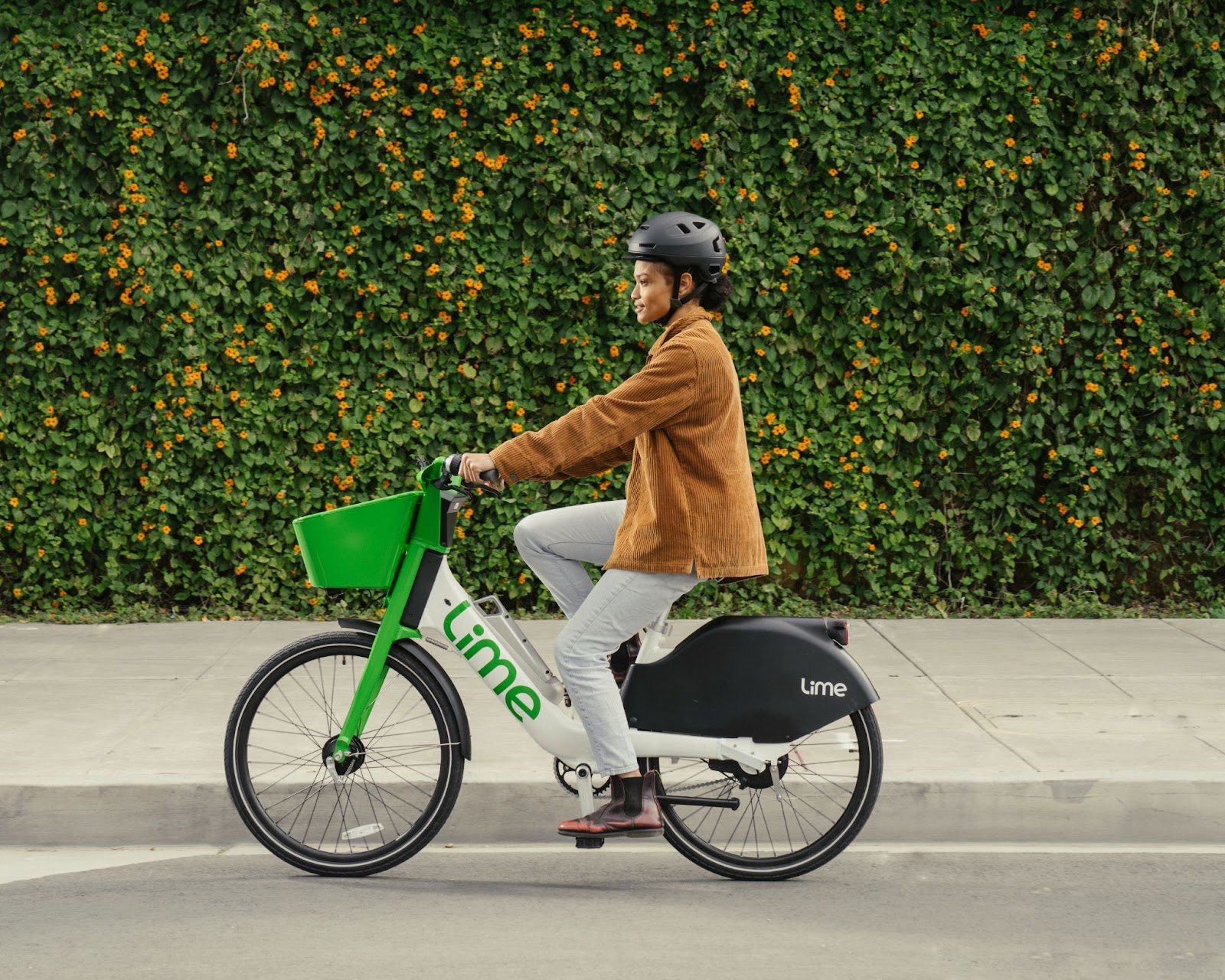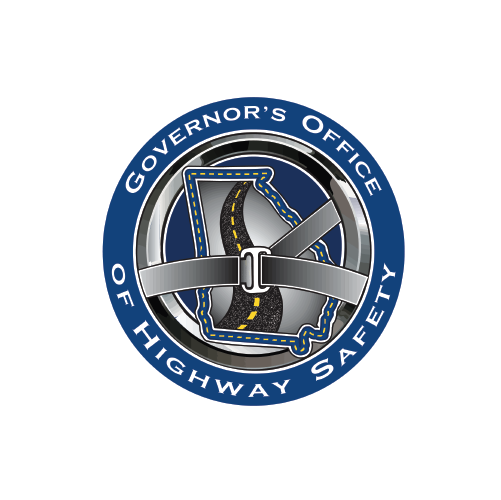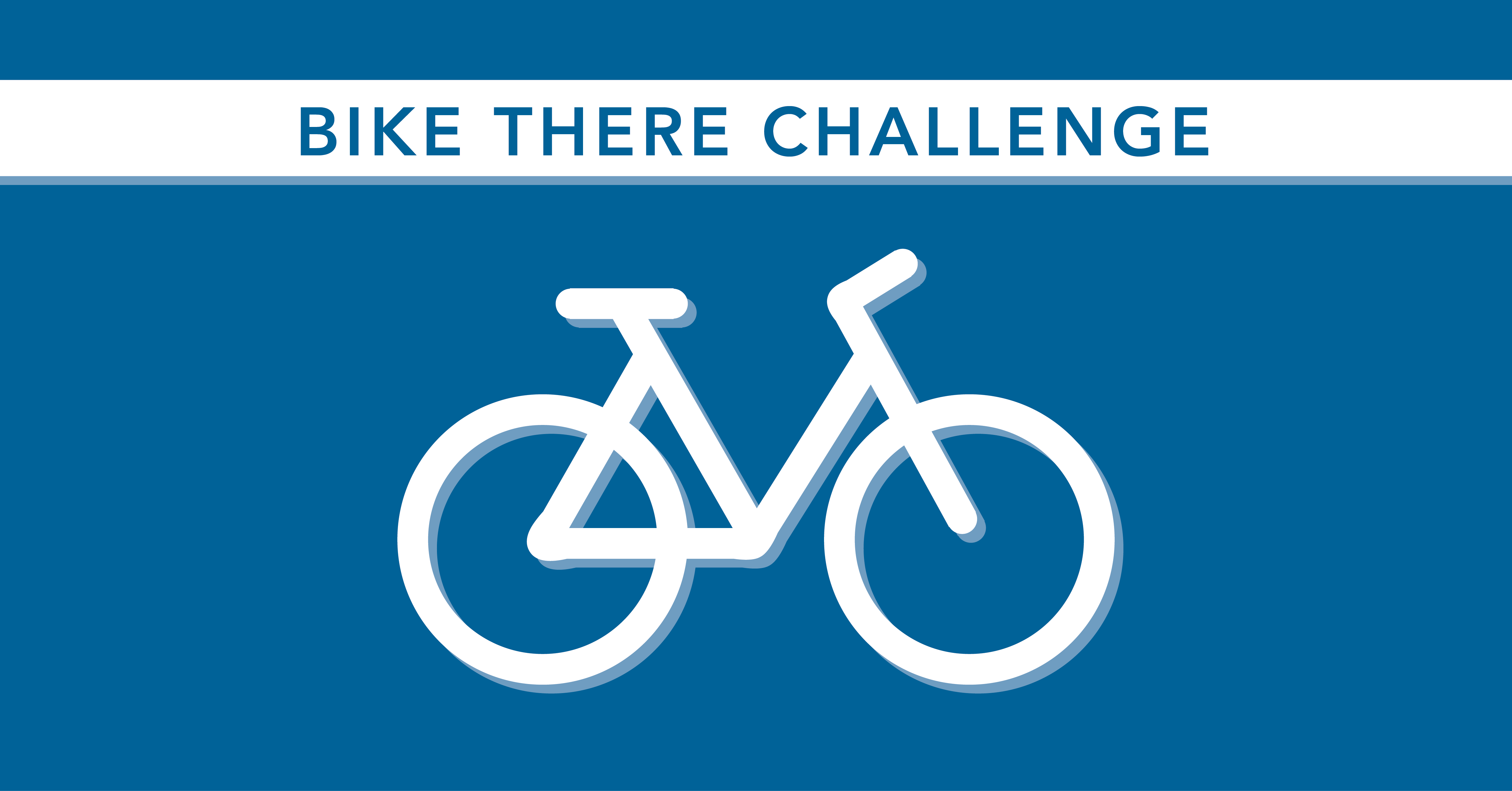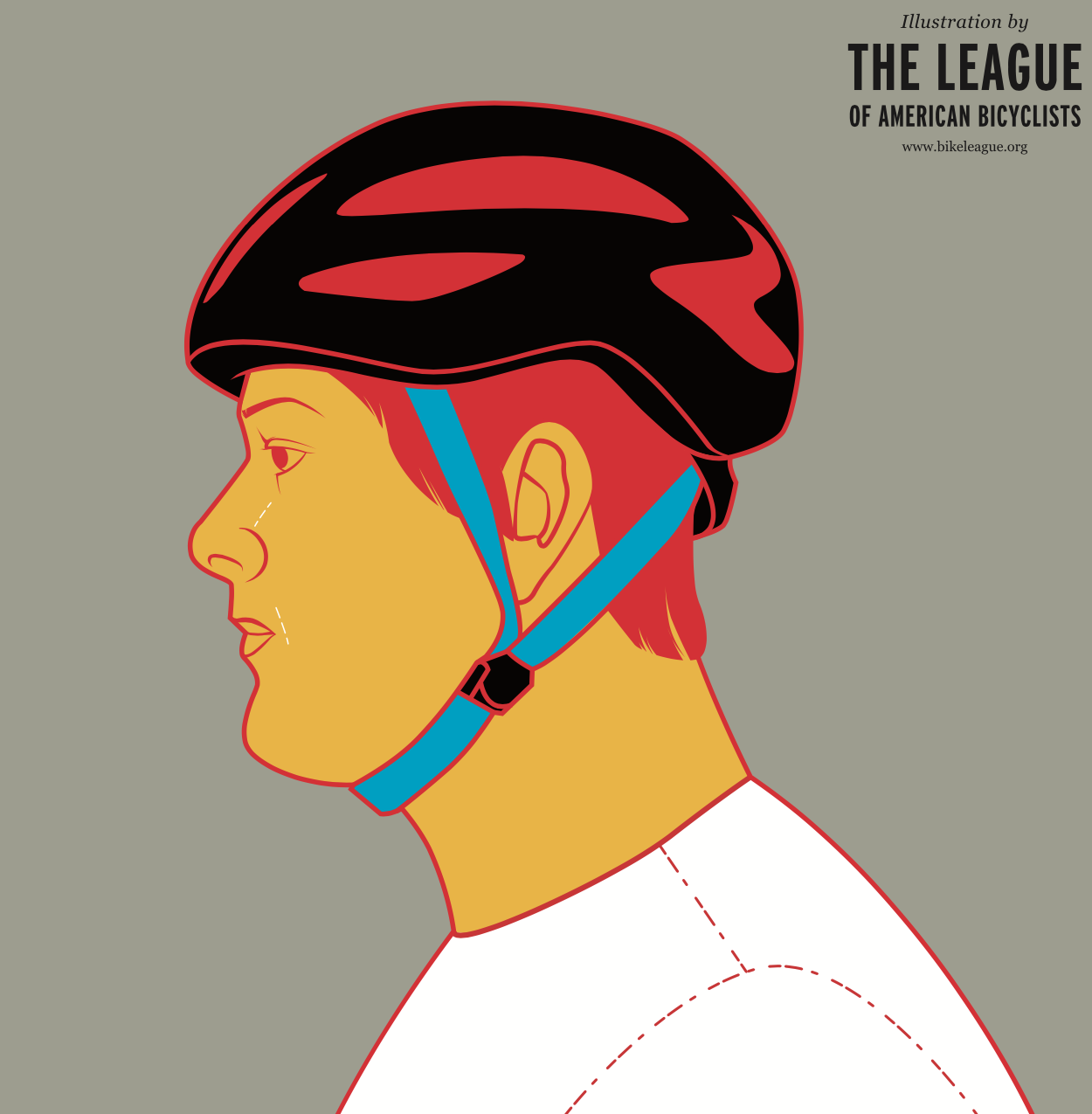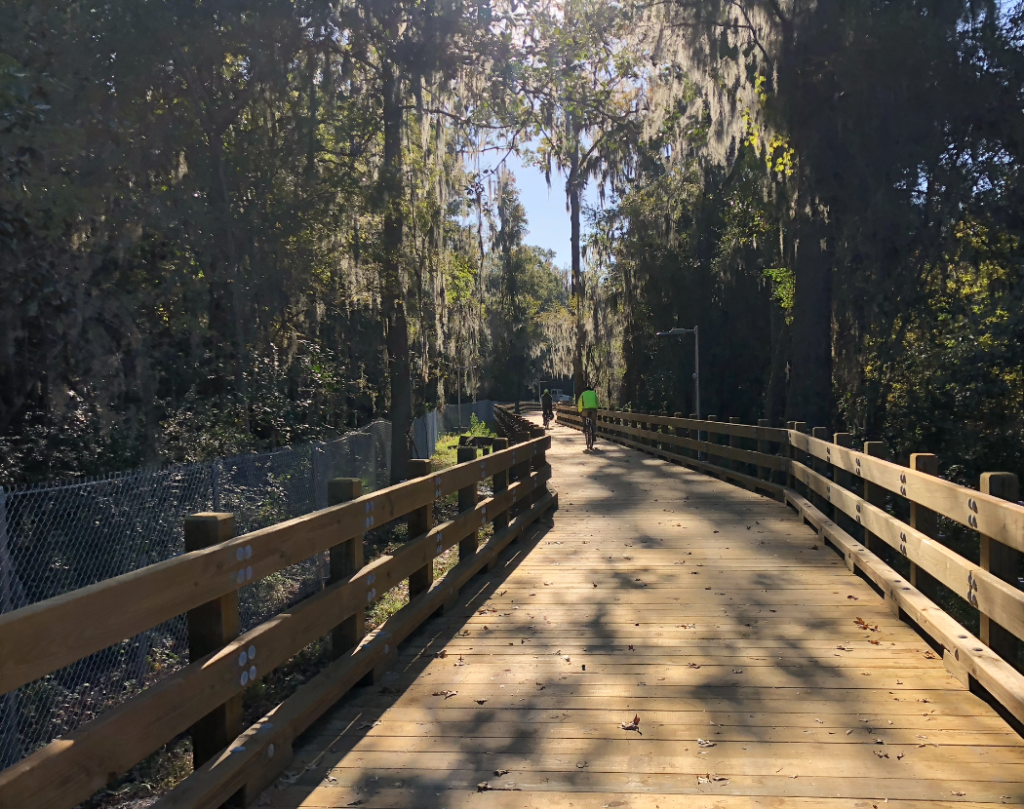Multi-use paths like the Truman Linear Park Trail and Police Memorial Trail are popular, but they can get congested and create issues with different modes of travel! It’s important to be courteous and for everyone to follow the same rules in order to have a safe and enjoyable time.
- Be courteous & know the rules of the trail you are using.
- Give a clear, audible signal when passing — bells or your voice are great!
- Be cautious and yield to crossing traffic.
- Stay to the right.
- If you’re moving faster than the people in front of you, slow and wait for an opportunity to pass — don’t thread the needle.
- Always be predictable — ride in a straight line, don’t weave across the trail.
- Stay on the designated path.
- Travel at a speed that allows you to watch for hazards as well as your surroundings.
- Don’t blast your music. If you’re listening on headphones, make sure you can hear your surroundings or use one earbud.
- Yield to more vulnerable path users. Bicyclists and skaters yield to pedestrians, pedestrians yield to those with young children or assistive devices.
- If you’re riding in a group, move to a single file to allow oncoming traffic to pass.
- If you are riding or walking while it is dark, be sure to use lights.
- If you’re on the trail with your dog, make sure to keep it on a short leash. Retractable leashes are not recommended, as they can cause cuts and burns to both pets and people.
- Keep it clean — whatever you bring in, bring out! If you notice a lot of trash or debris, call 311 or come out for a trail cleanup!
Our friends at The League of American Bicyclists have put together a great video overview below.


